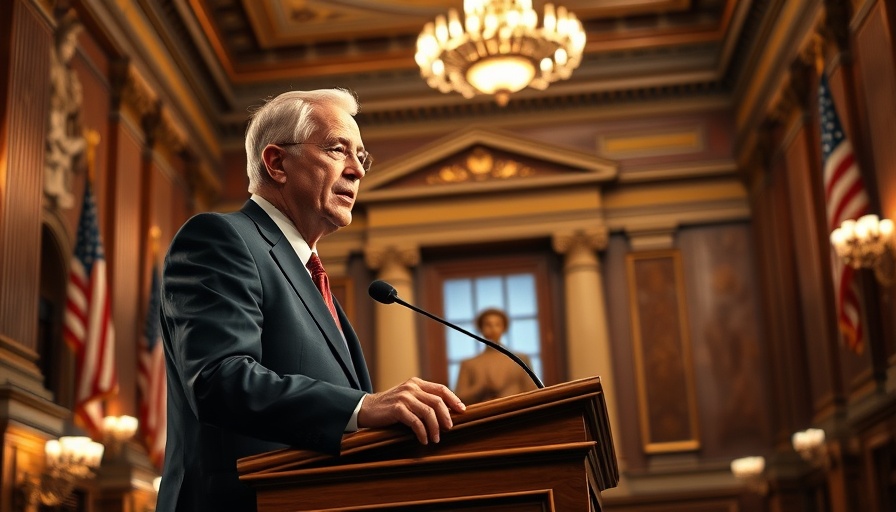
Ohio House Passes Controversial State Budget: What You Need to Know
In a significant development, the Ohio House has passed a new state budget, encapsulated in a sprawling 4,000-page bill dubbed House Bill 96. The bill saw the House vote 60-39, with five Republicans breaking party lines to oppose it. This move brings a mixture of relief and concern among various stakeholders, particularly in the education sector.
Education Funding Cuts Spark Outrage
One of the most contentious highlights of the budget is a significant cut in public education funding. Despite assurances based on data from the Fair School Funding Plan of 2021, which indicated that schools required approximately $666 million, the proposed budget allocates only about $226 million. This discrepancy raises alarms among public school advocates, including former lawmaker John Patterson, who stresses that the reality of funding for K-12 education should be nearer to $800 million when adjusting for inflation and projected needs by 2025.
Critics, including Finance Ranking Member Bride Rose Sweeney, argue that this cut represents one of the lowest levels of state funding in decades. The Democrats have pointed out that this legislative decision could lead to funding deficiencies that would further exacerbate the already underfunded state of education in Ohio.
New Caps on Budget Carry-Over Raise Concerns for Districts
In addition to education funding, the budget imposes a cap on carry-over dollars, limiting school districts to a mere 30% of their previous budget. This move may force districts to rethink their financial strategies and could lead to difficult choices for maintaining educational standards.
Disparity in Funding: Public vs. Private Schools
Another alarming aspect of the budget is the stark contrast established between funding for public and private schools. Private institutions are set to receive double the funding compared to their public counterparts, amounting to $500 million through vouchers. This distribution raises questions about equity in education funding, particularly among proponents of public education, who argue that public schools serve the majority of Ohio's students and should receive adequate funding to ensure quality education.
A Mixed Use Project: Financing the New Browns Stadium
Beyond education, the budget allocates $600 million in bonds for a controversial new stadium for the Cleveland Browns under plans for a 176-acre mixed-use project. The financing scheme, which will leverage increases in sales-tax, income-tax, and commercial activity revenues from the entire Brook Park project, has drawn skepticism. Critics are concerned that this heavy reliance on public funds, in the end, may lead to a taxpayer burden of about $1 billion over the next 25 years.
The decision to support a facility costing $2.4 billion, where half is expected to come from private investment, raises significant discussions on prioritization of public resources. State lawmakers will need to weigh the necessity of backing a stadium against the urgent funding needs in education and public services.
Looking Ahead: What Lies Ahead for Ohio Residents
The passage of this controversial budget is likely to have lasting implications for Ohio’s citizens. As both public education funding and infrastructural enhancements emerge at the forefront of legislative discussions, residents must stay informed about how these measures affect their daily lives. Moving forward, the interplay between state funding and local needs will be critical for balancing Ohio’s fiscal responsibilities with the educational and infrastructural demands of its communities.
In light of these developments, it becomes essential for Ohio residents to engage in the legislative process. By voicing their viewpoints and advocating for equitable education funding, stakeholders can impact future policy decisions that ultimately shape the state’s educational landscape and economic environment.
 Add Row
Add Row  Add
Add 




Write A Comment